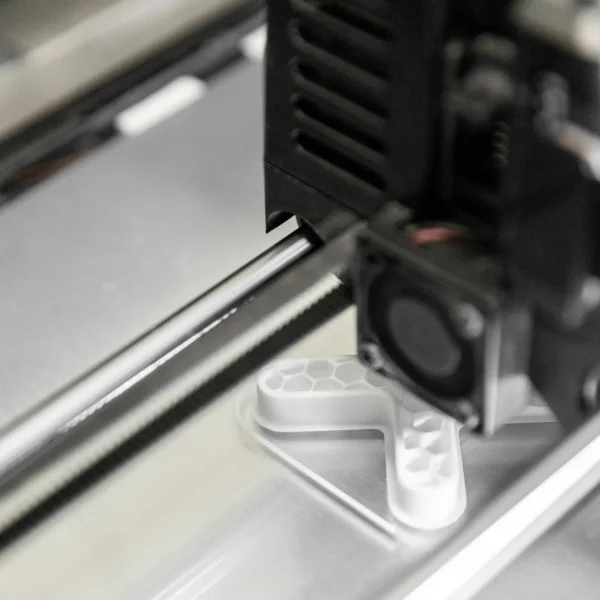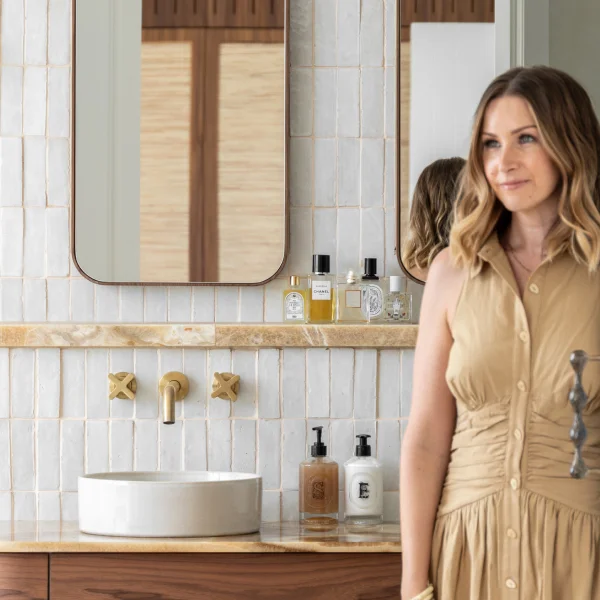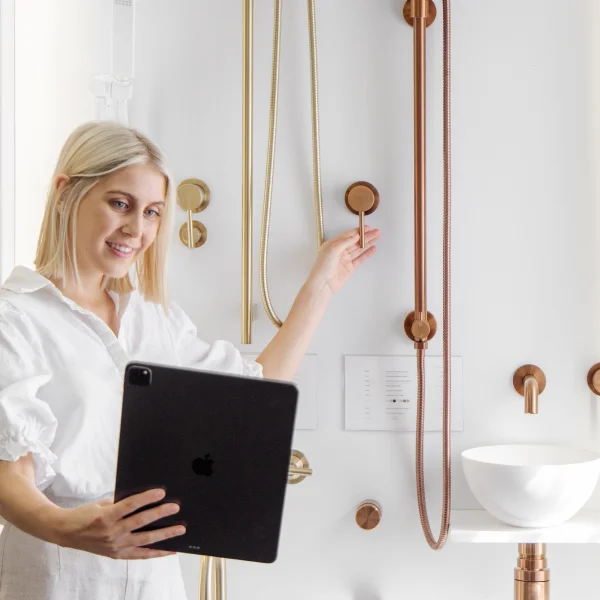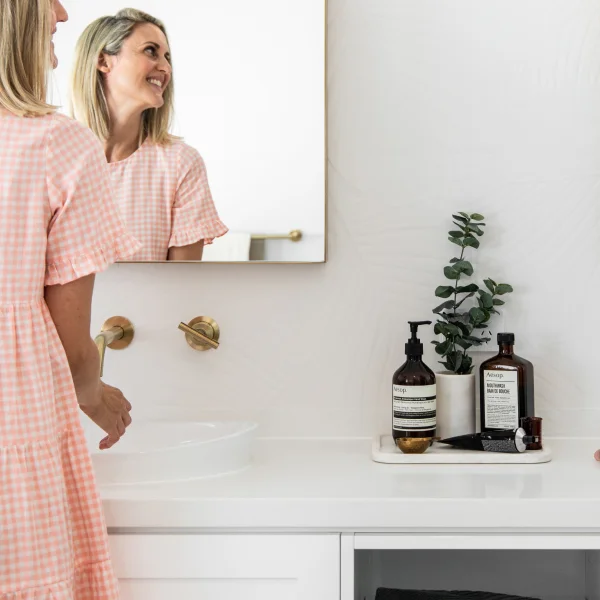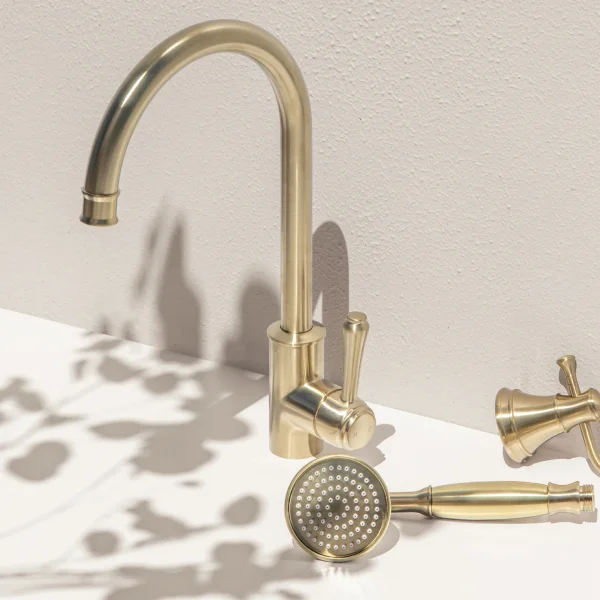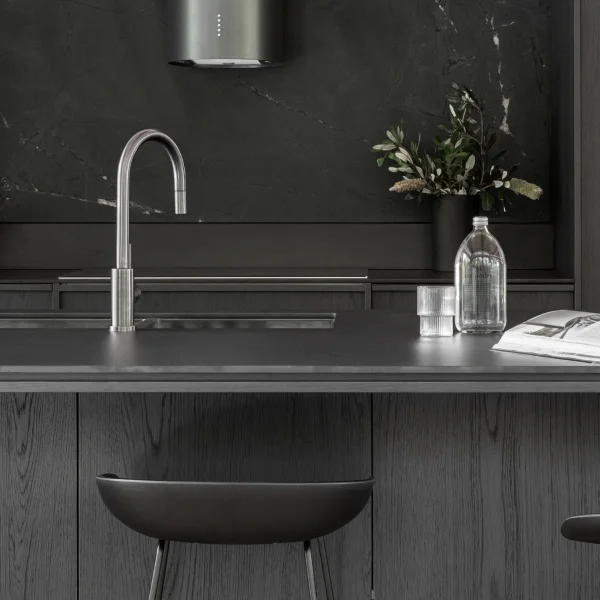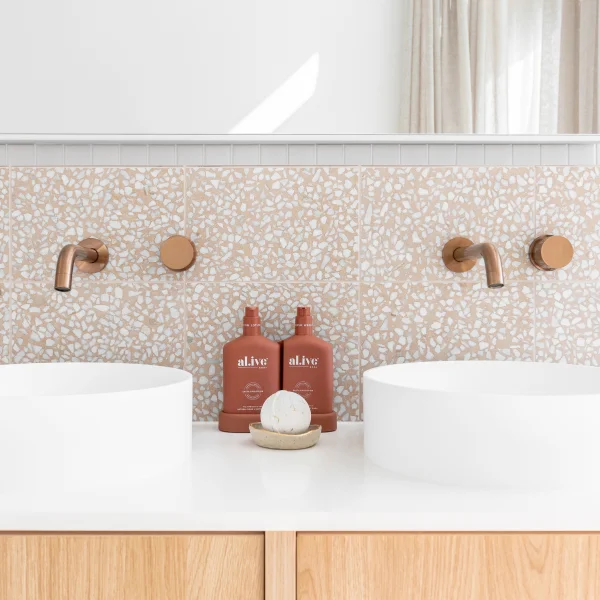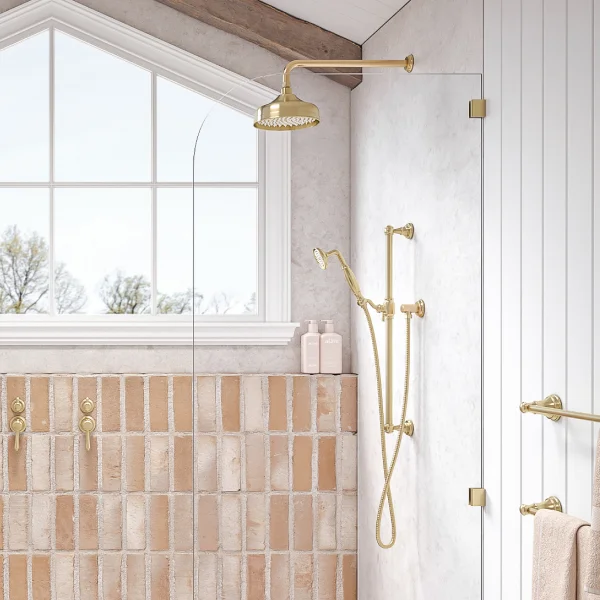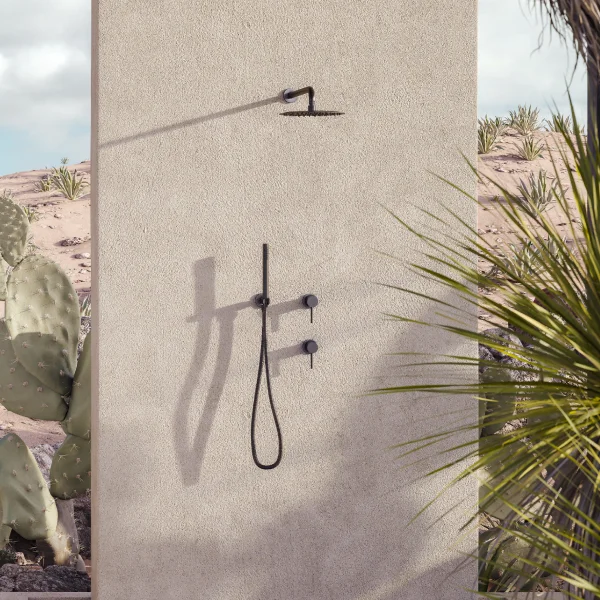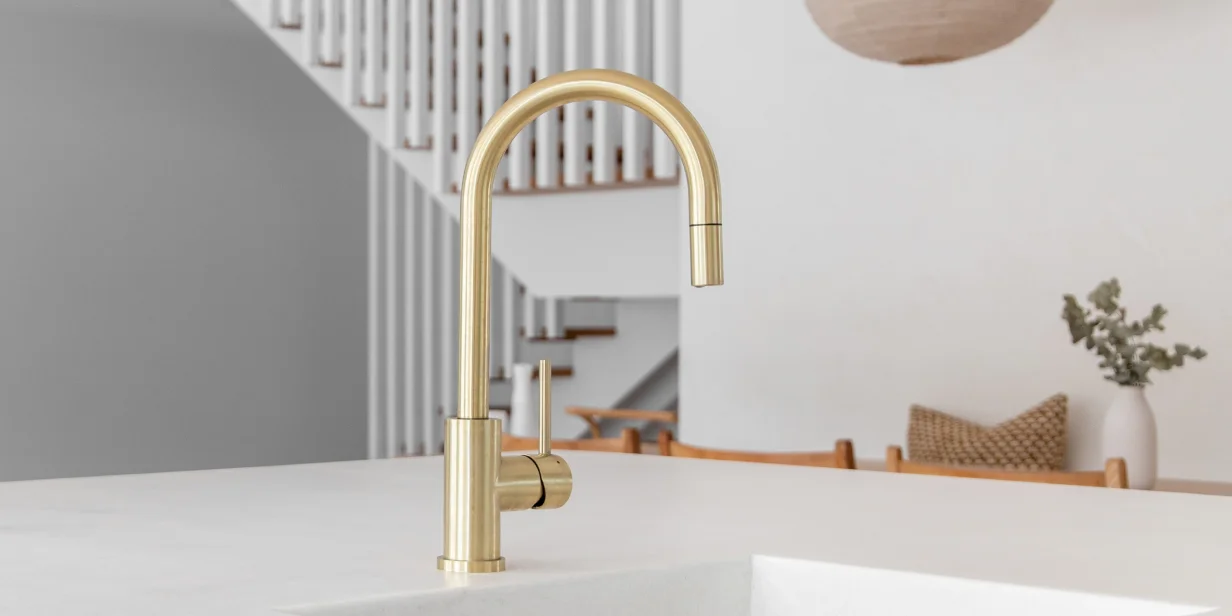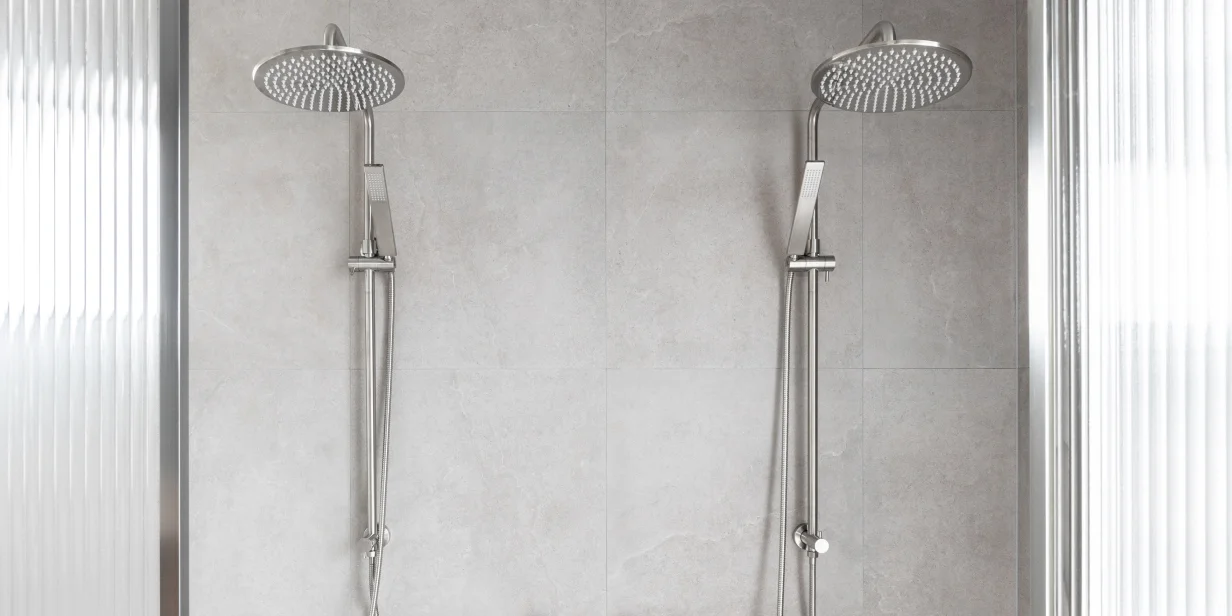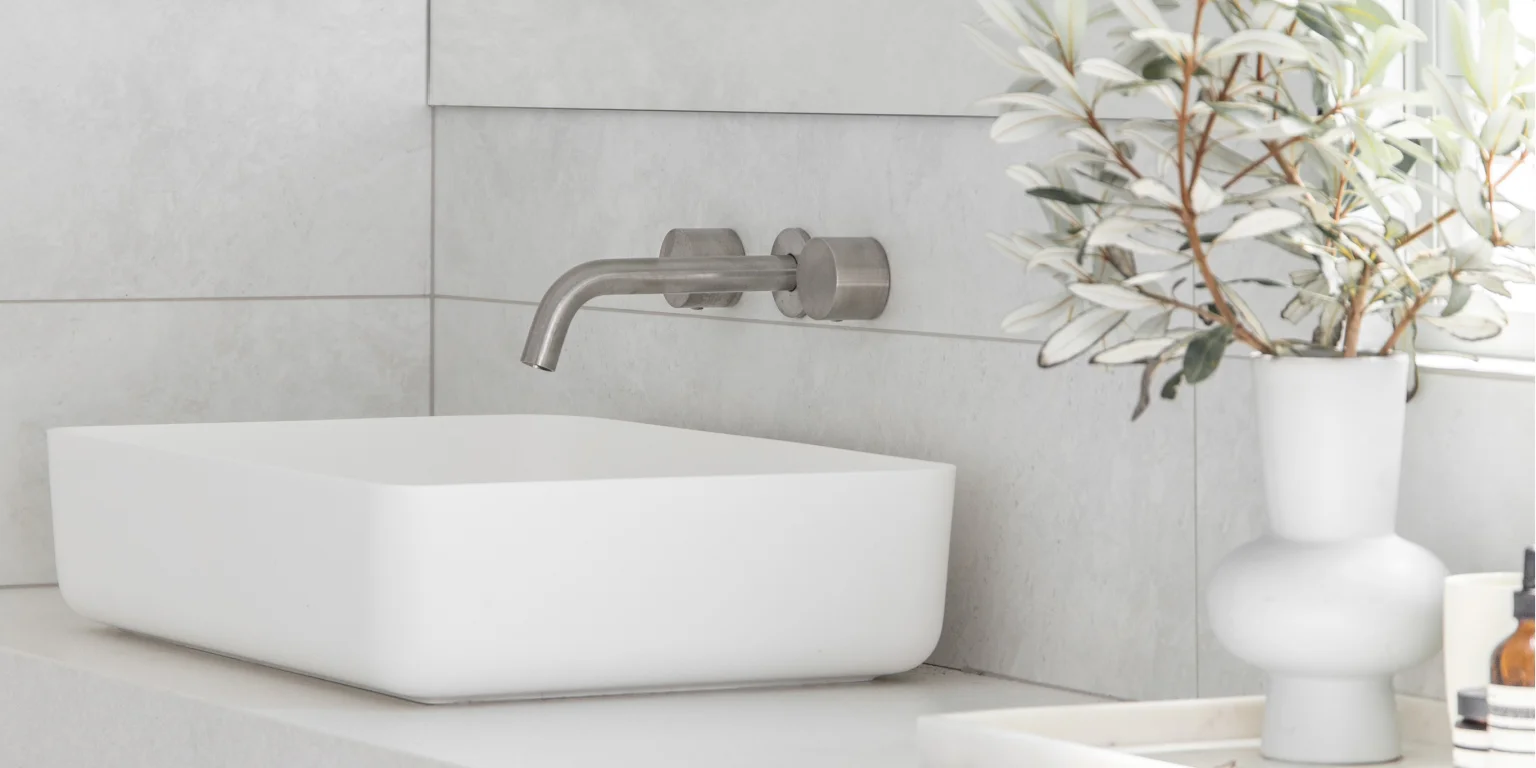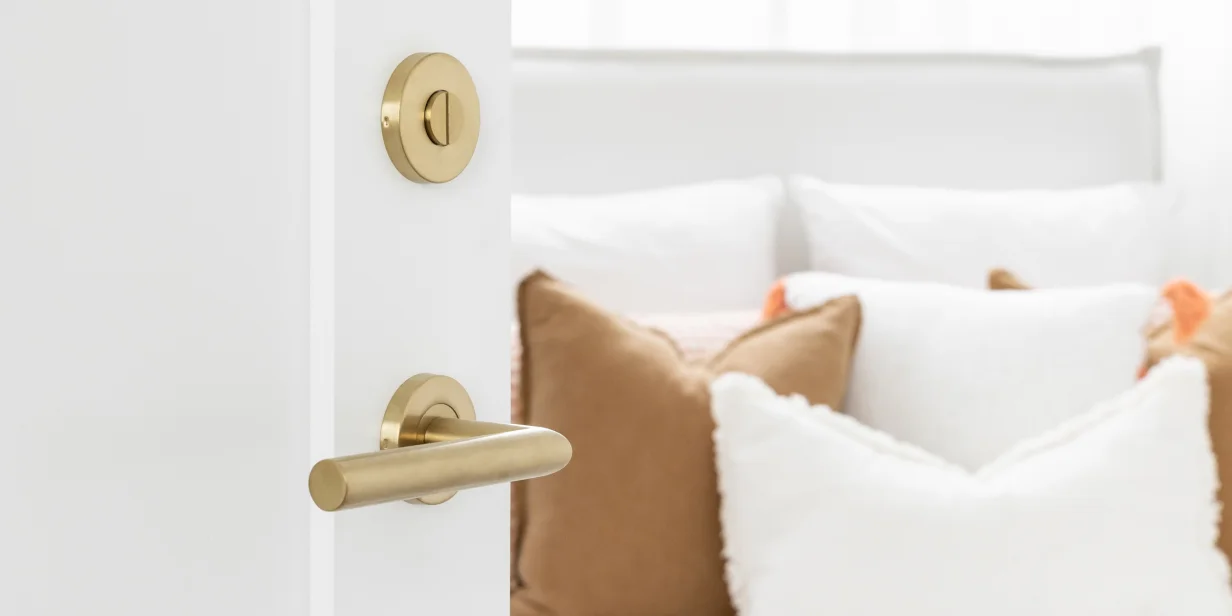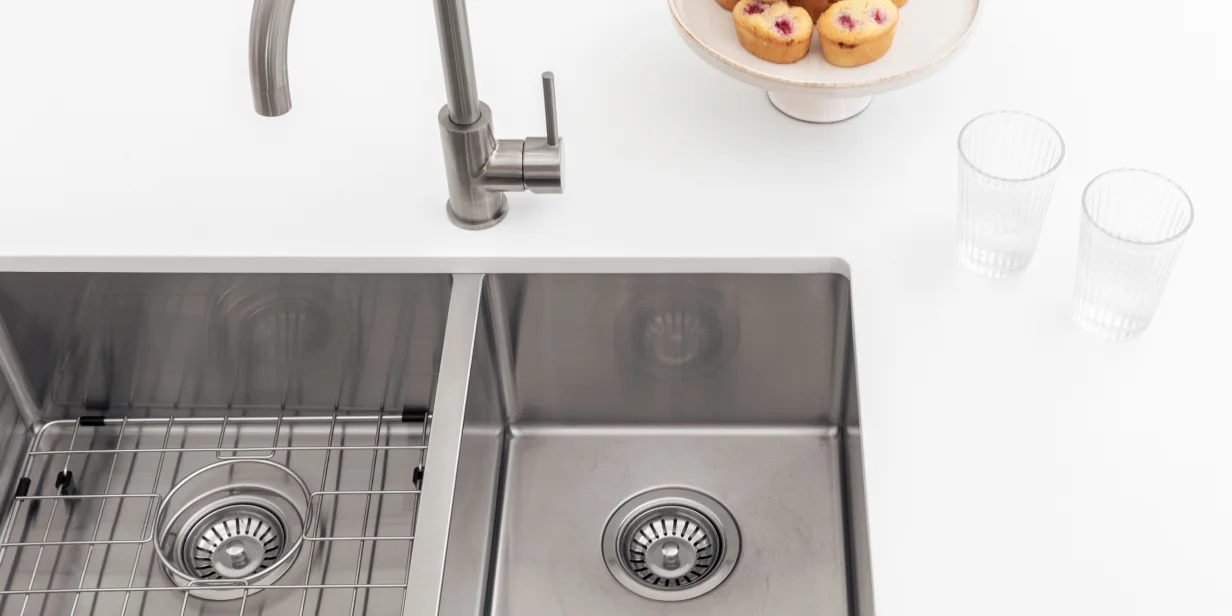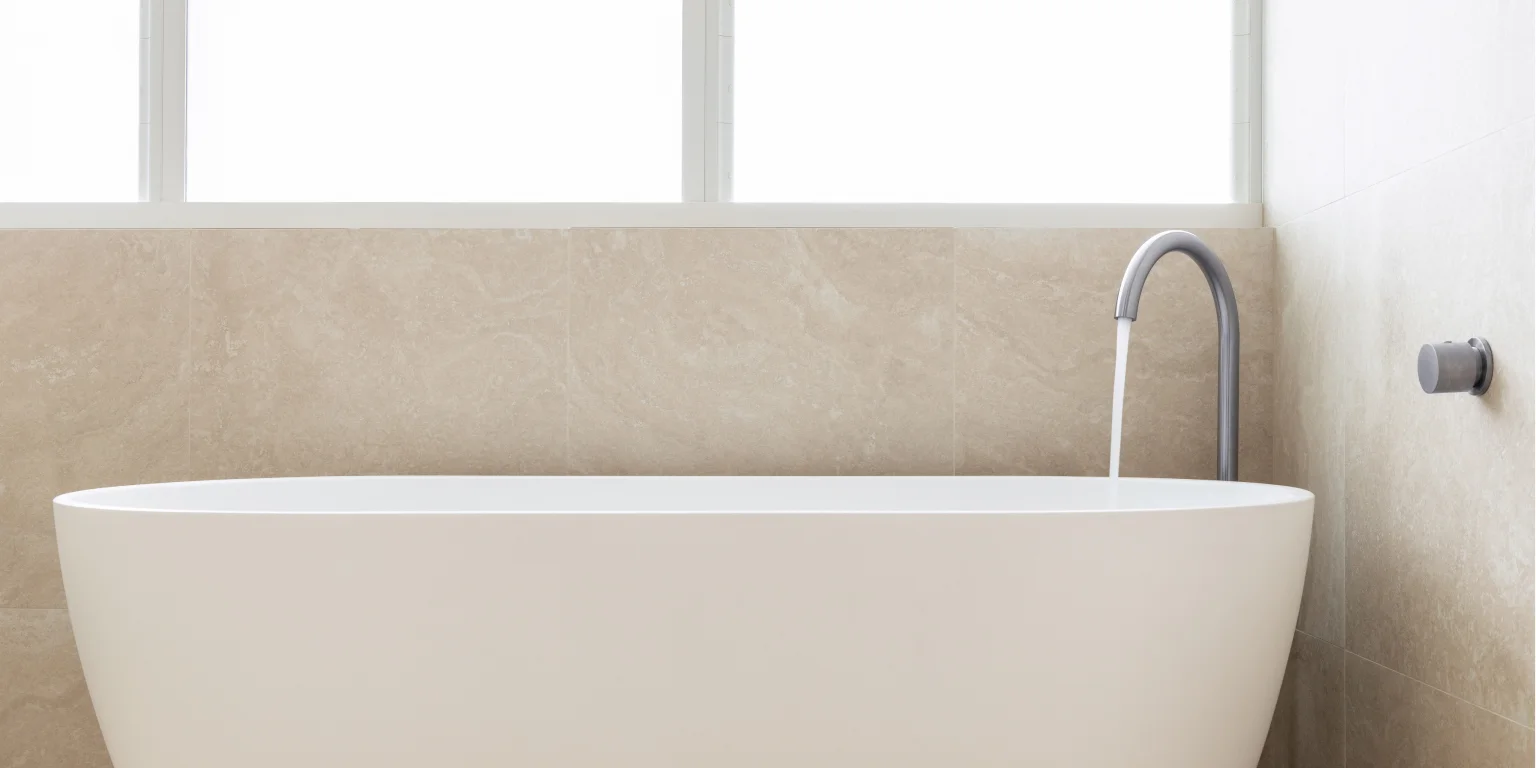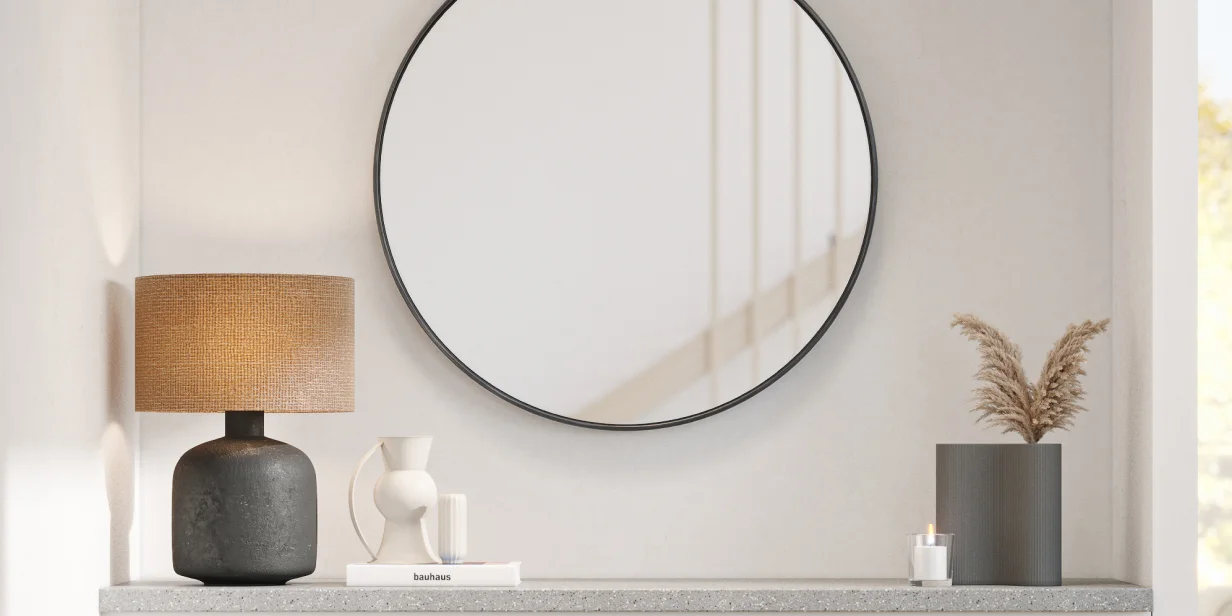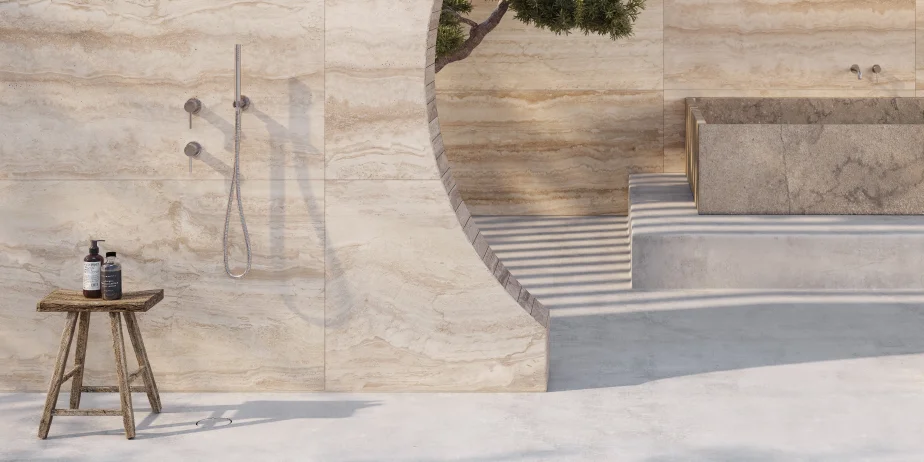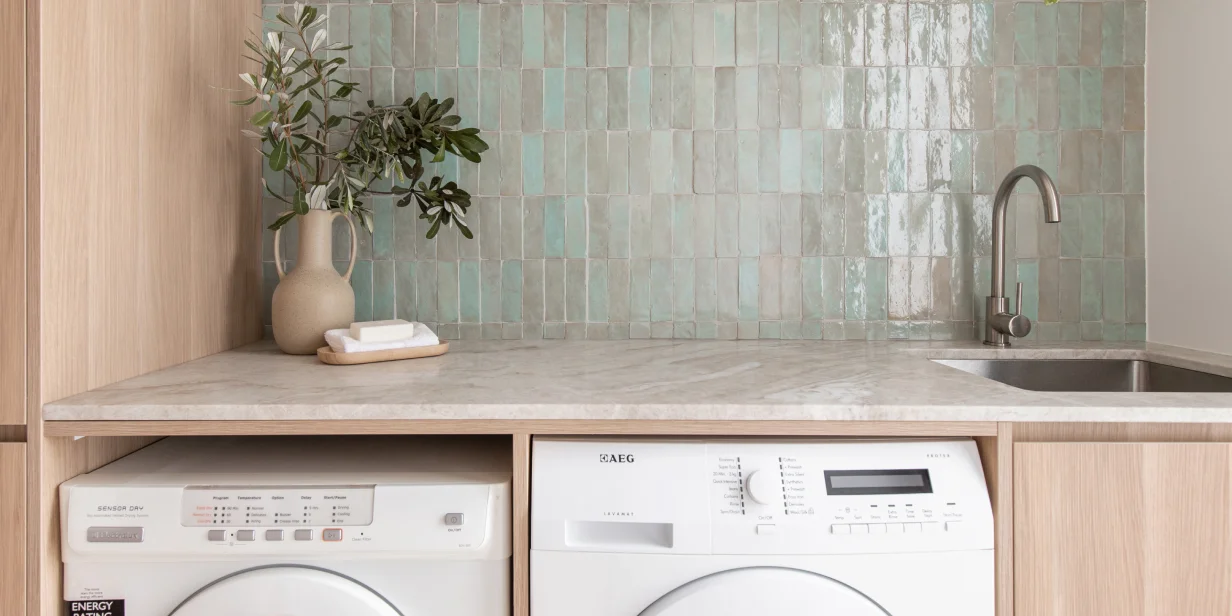Ceramic vs Porcelain Tile: Which Is Right for You?

Tiles have long been a cornerstone of home design — celebrated for their durability, versatility, and effortless ability to elevate both floors and walls. Among the most popular options are ceramic and porcelain tiles, each offering unique benefits but often leaving homeowners wondering: which is the right choice?
In this guide, we break down the key differences between ceramic vs porcelain tiles—exploring their composition, strength, and ideal uses — so you can confidently choose the perfect fit for your space.
What are Ceramic Tiles?
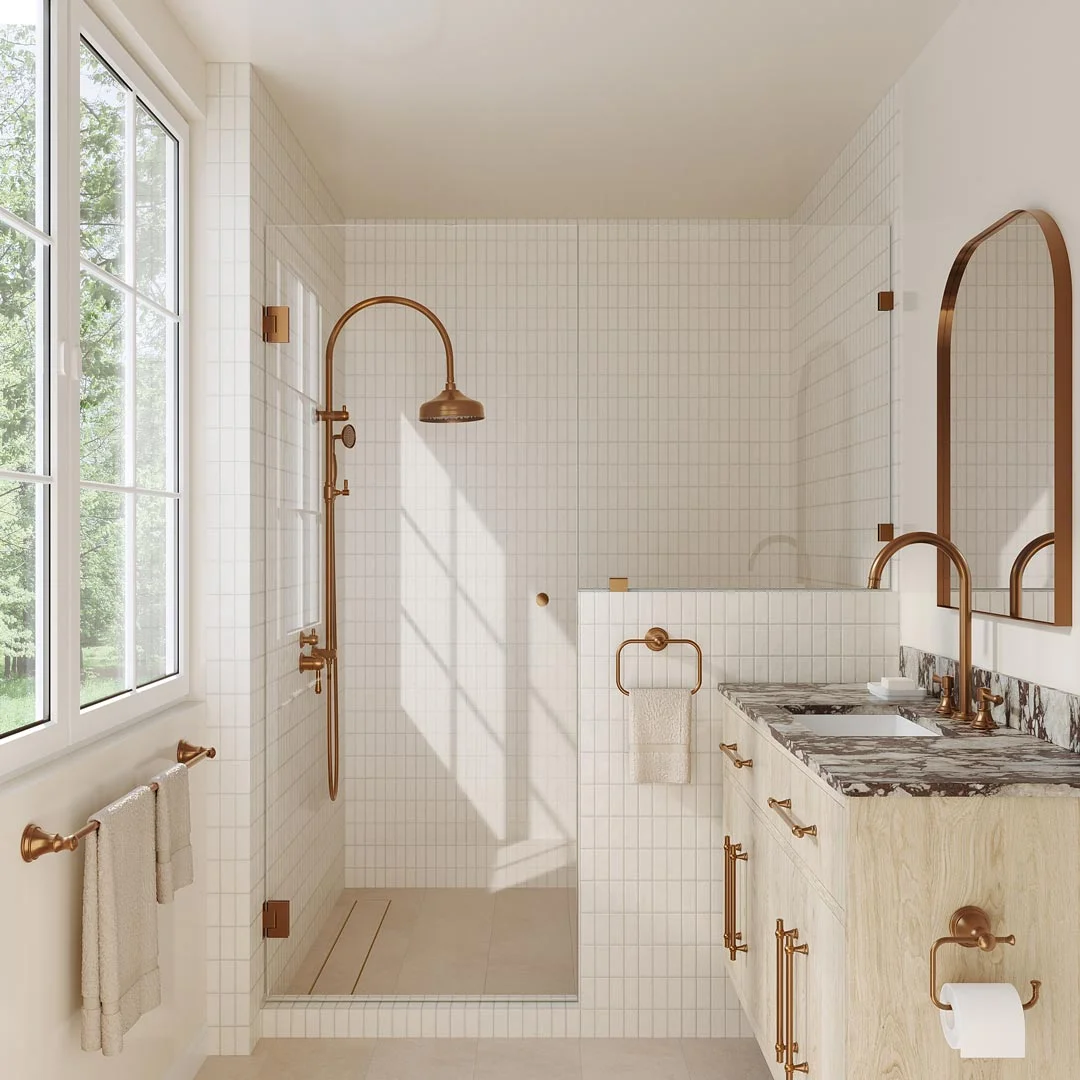
Ceramic tiles are a durable and versatile surface material made from natural brown, red, or white clay that is shaped, glazed, and fired at high temperatures. With a wide array of colours, patterns, and textures, they provide an affordable yet stylish way to enhance both walls and floors.
When considering ceramic vs porcelain tile, ceramic stands out for its water resistance, ease of maintenance, and practicality — making it a popular choice for UK homes, especially in kitchens, bathrooms, and high-traffic areas. Whether you favour a sleek, contemporary look or a more classic design, ceramic tiles offer timeless appeal and reliable performance for both residential and commercial spaces.
What are Porcelain Tiles?

Porcelain tiles are a type of ceramic tile crafted from refined clay and fired at exceptionally high temperatures. This process creates a denser, less porous, and highly durable surface — making porcelain tiles exceptionally resistant to moisture, stains, and wear. As a result, they're an ideal choice for high-traffic areas, outdoor spaces, and wet environments like bathrooms and kitchens.
What sets porcelain tiles apart from standard ceramic tiles is their superior strength, lower water absorption rate, and more refined, premium finish. Available in a wide array of styles—including natural stone and timber-look designs — porcelain tiles combine aesthetic appeal with long-lasting performance. For UK homes, popular options include heritage-inspired patterns reminiscent of Victorian and Edwardian styles, stone-effect tiles that echo classic limestone or slate, and wood-look designs that bring the warmth of timber flooring without the maintenance.
Outdoor porcelain tiles are also a practical choice for British gardens, patios, and balconies. They offer frost resistance and non-slip surfaces to withstand the elements. With neutral palettes like soft greys, taupes, and off-whites complementing a range of interior styles, porcelain tiles effortlessly balance function and sophistication.
There are two main types of porcelain tiles:
- Through-bodied porcelain: The colour and texture run consistently through the entire tile, helping to conceal chips or scratches. With no surface glaze to wear off, these durable tiles are suitable for floors, walls, and countertops.
- Glazed porcelain: Coated with a hard, protective layer, these tiles offer the broadest range of colours, patterns, and finishes. While slightly less robust than through-bodied options, they deliver a striking design impact without compromising strength.
Key Differences in Ceramic vs Porcelain Tile
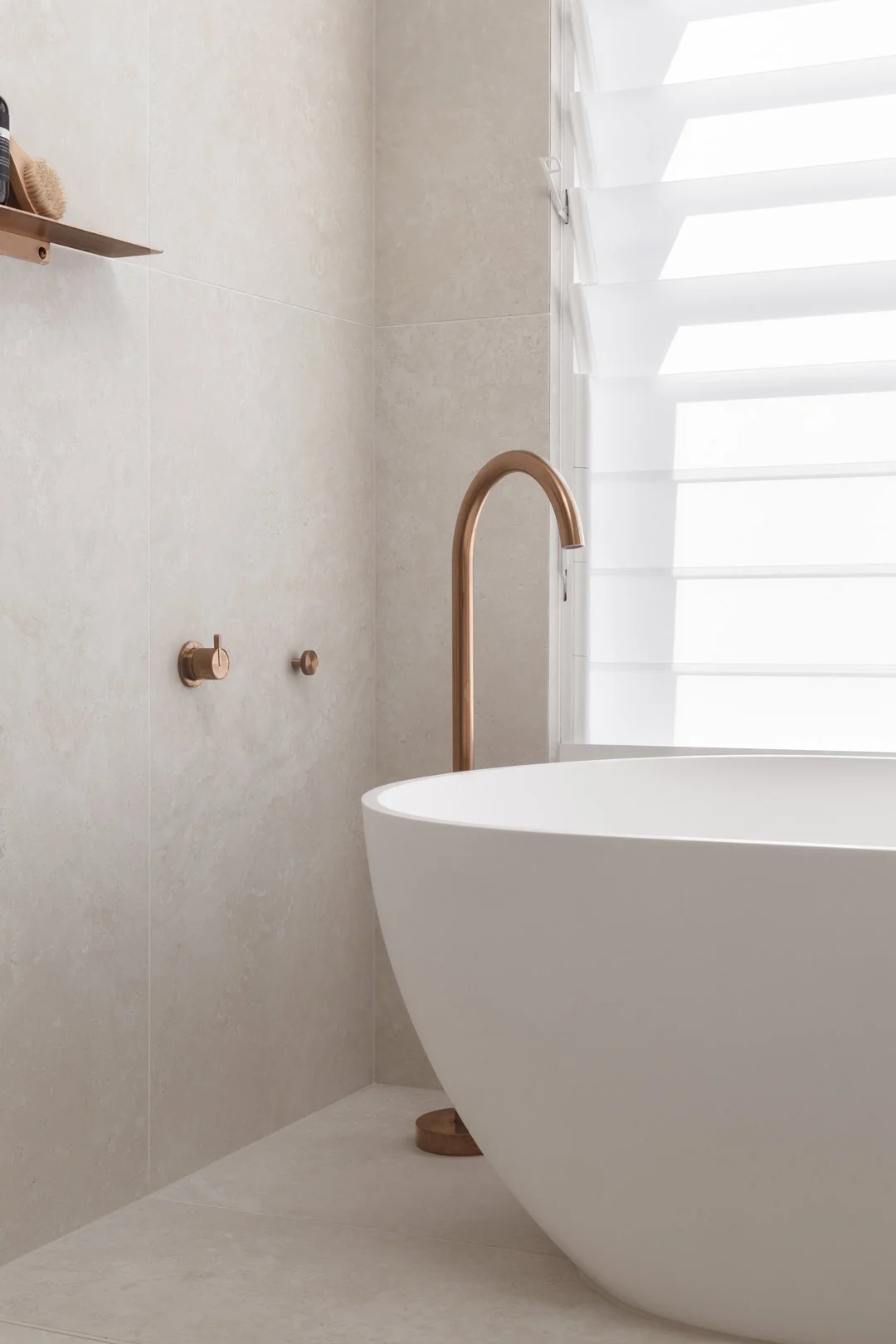
Durability & Strength
- Ceramic: Easier to cut and shape, ceramic tiles offer flexibility in design but are less durable than porcelain. They are prone to cracking in cold weather, making them unsuitable for outdoor use.
- Porcelain: Heavier and denser than ceramic, porcelain tiles boast superior strength and resilience. Their durability makes them ideal for high-traffic areas and long-lasting indoor and outdoor surfaces.
Water Absorption
- Ceramic: Made from natural clay, ceramic tiles have a higher water absorption rate, which makes them more vulnerable to moisture damage and cracking over time. As a result, they are best kept to indoor spaces.
- Porcelain: Crafted from denser materials and fired at higher temperatures, porcelain tiles are non-porous and highly water-resistant. This makes them perfect for moisture-prone areas like bathrooms, kitchens, and outdoor settings.
Appearance & Style
- Ceramic: Typically lighter and slightly coarser to the touch, ceramic tiles come in a wide array of colours, patterns, and finishes. Their versatility makes them a go-to for decorative walls and feature areas.
- Porcelain: Smoother and heavier than ceramic, porcelain tiles offer a more refined, premium finish. They also mimic natural materials like stone or wood, providing sophisticated style options for floors and walls.
Cost
- Ceramic: More affordable and easier to install, ceramic tiles are a practical choice for budget-conscious projects. Their user-friendly nature makes them especially popular for DIY renovations.
- Porcelain: Due to their density, porcelain tiles are typically more expensive and require more skill to install. Depending on your experience, professional installation may be necessary, adding to the overall cost.
Maintenance & Cleaning
- Ceramic: While easy to clean, ceramic tiles are more prone to staining than porcelain. Care must be taken with cleaning products to avoid discolouration over time, making them slightly more maintenance-intensive.
- Porcelain: Thanks to their non-porous surface, porcelain tiles are highly resistant to stains and incredibly easy to clean. This makes them a low-maintenance choice, ideal for busy areas prone to spills—like kitchen splashbacks and bathroom floors.
Best Uses for Ceramic and Porcelain Tiles


Where to Use Ceramic Tiles
Ceramic tiles are perfect for low-traffic areas, walls, backsplashes, and living rooms. They’re a great option for DIY projects, as they’re easier to cut and install — especially for intricate designs or smaller spaces that require precision.
Ceramic tiles also work well with underfloor heating, helping to retain warmth and keep your home cosy during colder months. While both ceramic and porcelain tiles are compatible with most underfloor heating systems, ceramic's versatility and affordability make it a popular choice for those seeking a stylish yet practical solution.
Where to Use Porcelain Tiles
Porcelain tiles are ideal for high-traffic areas, outdoor spaces, bathrooms, and kitchens — anywhere moisture resistance and durability are essential. Due to their near-complete water resistance, porcelain tiles are a smart choice for rooms that are frequently exposed to water. While ceramic tiles are still suitable for bathrooms, porcelain offers added peace of mind with its stronger, more durable nature.
Porcelain tiles also excel outdoors. Their superior strength and resistance to the elements make them less likely to crack in colder conditions, ensuring your patio or garden area stays beautiful and durable throughout the year.
Pros & Cons of Ceramic vs Porcelain Tile
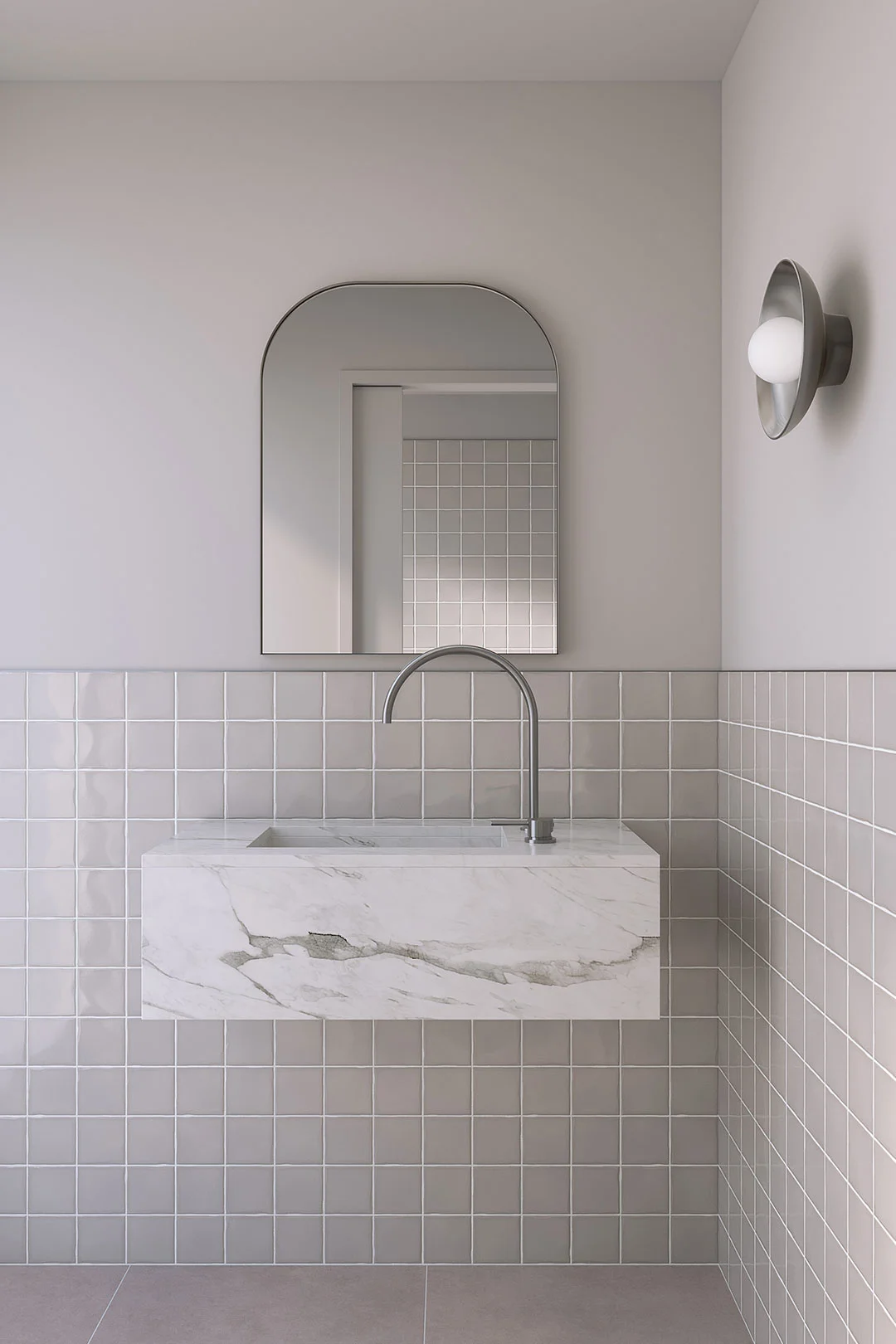
Pros and Cons of Ceramic Tiles
| Pros | Cons |
|
|
|
|
|
|
|
|
Pros and Cons of Porcelain Tiles
| Pros | Cons |
|
|
|
|
|
|
How to Choose the Right Tile for Your Space

When deciding between a ceramic vs porcelain tile, it’s important to consider several factors to find the best fit for your space:
- Budget: Ceramic tiles tend to be more affordable, making them ideal for larger projects or decorative wall features.
- Location: For high-moisture areas like bathrooms, kitchens, or outdoor spaces, porcelain's low water absorption and durability make it the smarter choice. However, for lower-traffic areas or rooms where intricate cutting is needed, ceramic tiles offer both versatility and ease of installation.
- Design Preferences: Both options are available in a wide range of styles, though porcelain often mimics natural materials like stone or timber with a more premium finish.
- Long-Term Maintenance: Porcelain's non-porous surface resists stains and wear, while ceramic may require more care to prevent staining over time.
By balancing these elements, you can confidently choose the right tile to enhance both the function and style of your space. If you need help selecting the right tiles for your project, reach out to our friendly team. If you have any questions, email [email protected].
For more design inspiration, read these blogs:
Tiles vs Floorboards: Which is Best for Your Home?
Curate Your Dream Space With These Kitchen Design Ideas
How Much Does It Cost to Renovate a Home? We Explore Room-By-Room Refurbishment Costs

